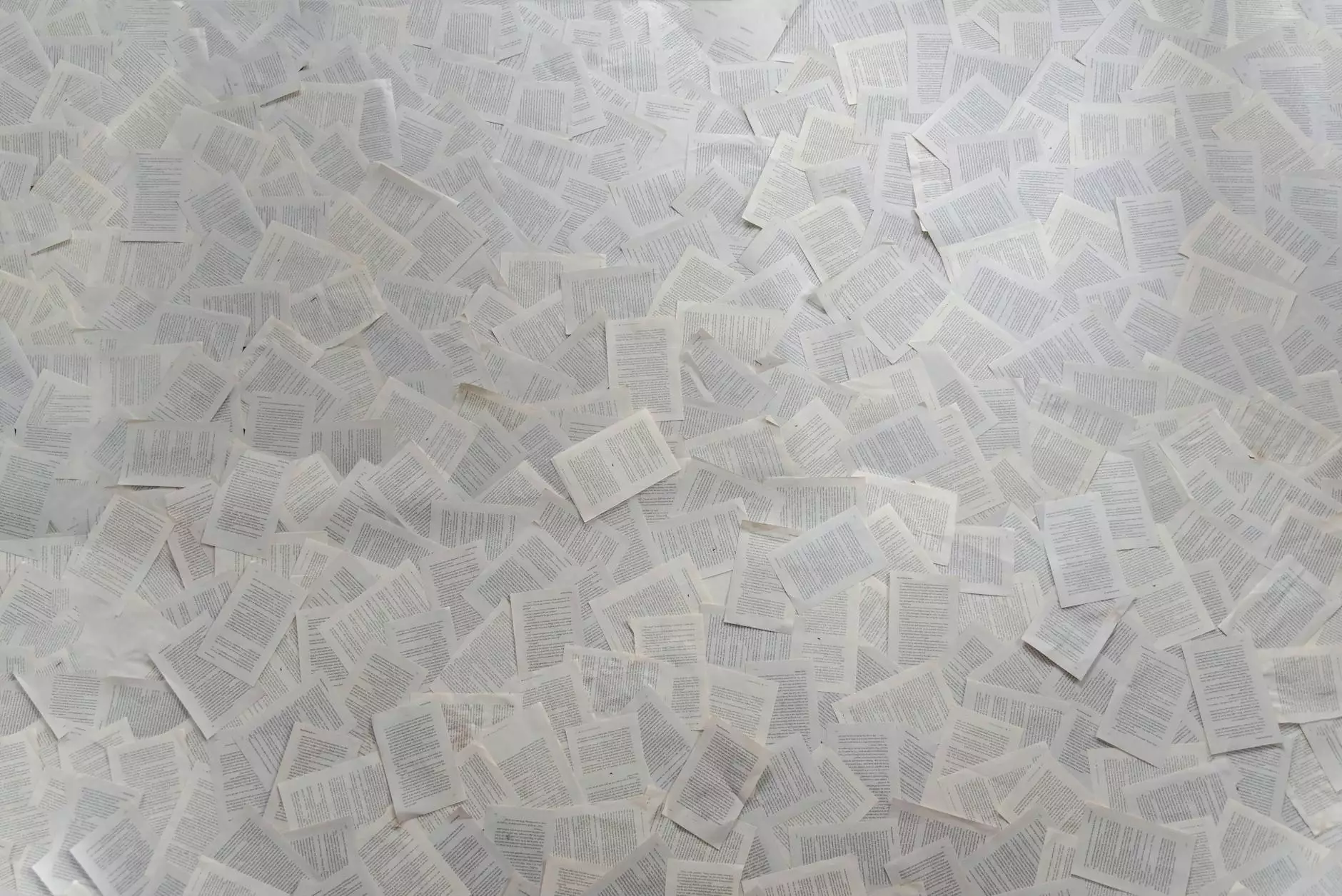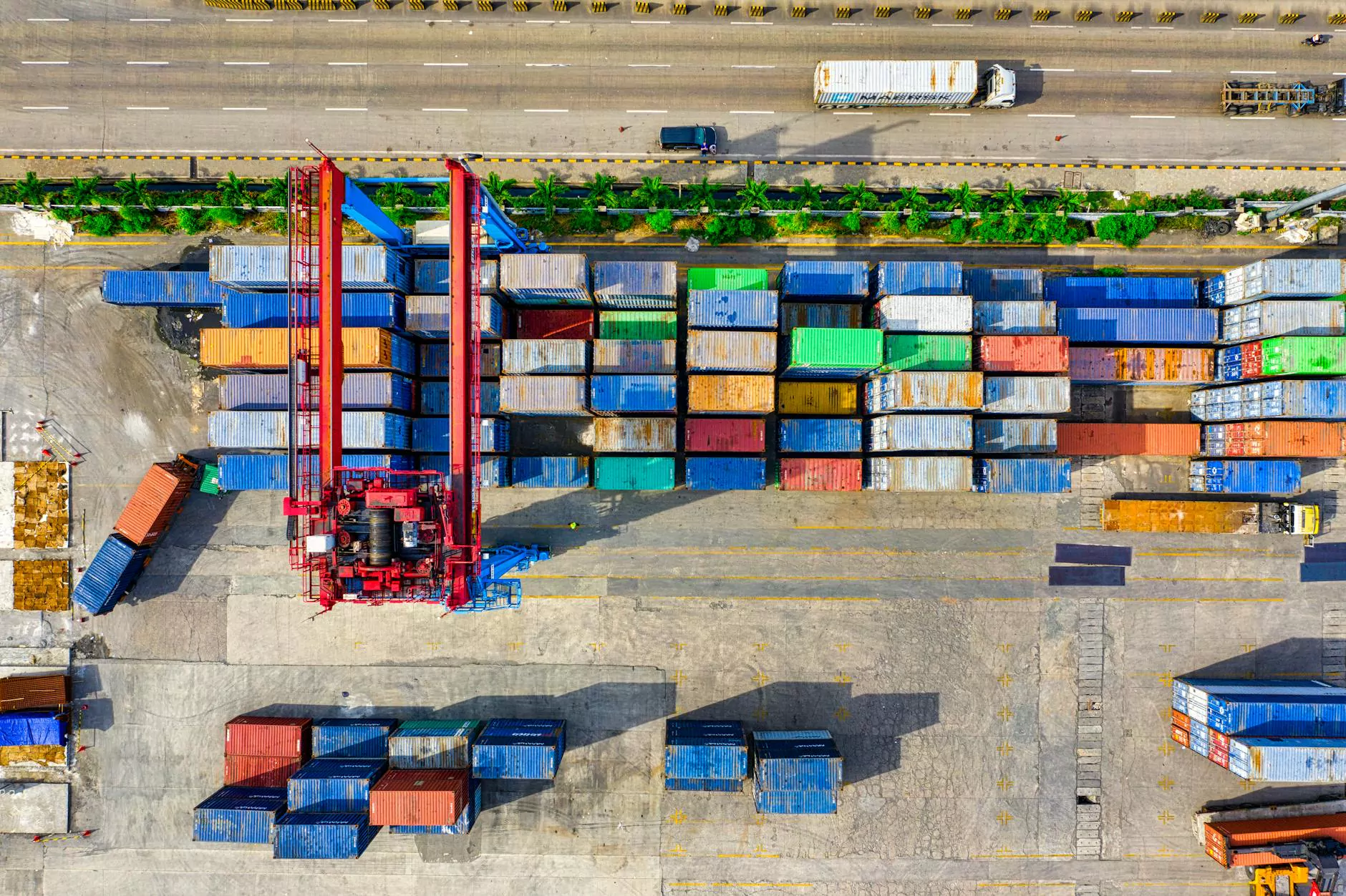The Ultimate Guide to Print Book Paper for Your Printing Needs

In today’s digital age, the significance of print is often overshadowed by online media. However, print book paper remains a crucial component in the publishing industry, delivering timeless printed materials that readers cherish. Understanding the nuances of print book paper can distinctly elevate your printing projects.
What is Print Book Paper?
Print book paper refers to specialized paper that is specifically designed for book printing. This type of paper can vary in terms of weight, texture, color, and finish, impacting the overall look and feel of the book. Selecting the right paper for your project not only enhances aesthetic appeal but also influences the reader’s experience.
The Importance of Choosing the Right Print Book Paper
Choosing the appropriate print book paper is essential for several reasons:
- Durability: The quality of the paper affects how well the book withstands wear and tear.
- Readability: Text clarity and ease of reading are often impacted by the paper choice.
- Aesthetic Value: The right finish can enhance illustrations, photographs, and overall design.
- Cost Efficiency: Different paper types come at varying costs that can affect your budget.
Types of Print Book Paper
There are several types of print book paper available. Each type has unique characteristics that cater to specific printing needs:
1. Uncoated Paper
Uncoated paper is a popular choice for novels, textbooks, and other reading materials. Its texture provides a natural feel, enhancing the reading experience.
2. Coated Paper
Available in glossy, satin, and matte finishes, coated paper is well-suited for books with rich imagery and color. It helps in achieving vibrant colors and sharp images.
3. Recycled Paper
In an era where sustainability is paramount, recycled paper is an eco-friendly choice that appeals to environmentally conscious consumers.
4. Newsprint
Typically used for magazines and newspapers, newsprint is economical and produces lower print quality, making it less ideal for high-end book projects.
5. Specialty Papers
These papers, including textured finishes, metallics, and heavier weights, offer a unique look and feel, making them ideal for special edition books or art books.
Understanding Paper Weight and Thickness
The weight of paper is measured in grams per square meter (GSM) or pounds (lb), influencing the paper's thickness and durability. Here’s a quick breakdown:
- 60-80 GSM: Thin paper, typically used for novels.
- 100-120 GSM: Standard weight for most print publications.
- 150-200 GSM: Heavier paper, ideal for covers and high-quality prints.
- 200 GSM and above: Extra heavyweight paper, used for special projects.
Factors to Consider When Choosing Print Book Paper
When selecting print book paper, consider the following:
1. Purpose of the Book
The paper should align with the book’s purpose—educational materials may require durability while art books necessitate high-quality visuals.
2. Target Audience
Understand your audience's preferences. Some readers prefer the feel of uncoated paper while others may favor a more modern, glossy finish.
3. Printing Method
The printing method (offset, digital, etc.) can influence paper choice. Not all papers work effectively with every printing process.
4. Budget Constraints
Always consider your budget. High-quality paper will increase the cost of production, which may affect retail pricing.
Environmental Considerations in Choosing Print Book Paper
With growing environmental concerns, opting for sustainable print book paper can enhance your brand's reputation. Consider the following options:
- Recycled Paper: Comprised of fibers from previously used paper products.
- Forest Stewardship Council (FSC) Certified Paper: Sourced from responsibly managed forests.
- Digital Printing Services Using Eco-Friendly Inks: Reducing the environmental impact of the printing process.
The Process of Printing a Book
Once you've chosen the right print book paper, the next step is to understand the printing process:
1. Prepress Preparation
This includes typesetting, formatting, and finalizing your manuscript. High-quality images should be embedded into your layout for the best print results.
2. Printing
Choose your printing method—offset printing is preferred for large quantities while digital printing is ideal for smaller runs.
3. Binding
The binding process is critical for book durability. Options include perfect binding, saddle stitching, and hardcover binding.
4. Quality Control
Before the final print run, review physical proofs to ensure color, layout, and paper quality are up to standard.
Making a Decision with Print Book Paper
When comparing options, consider all factors previously discussed to make an informed decision. High-quality print book paper can enhance the overall quality of your book, thus making it attractive to potential readers.
Conclusion
Understanding print book paper is essential for anyone interested in producing memorable printed materials. By considering factors such as paper types, weight, and environmental impact, you can craft a printing project that not only looks great but also delivers an exceptional reading experience. Whether you’re self-publishing or working with a traditional publisher, taking the time to choose the right paper is a crucial step towards success.
Connect with Printitza for Your Printing Needs
If you’re ready to take the next step in creating your printed book project, contact Printitza. Our selection of print book paper and professional printing services ensures that your project will exceed your expectations in quality and aesthetics.









